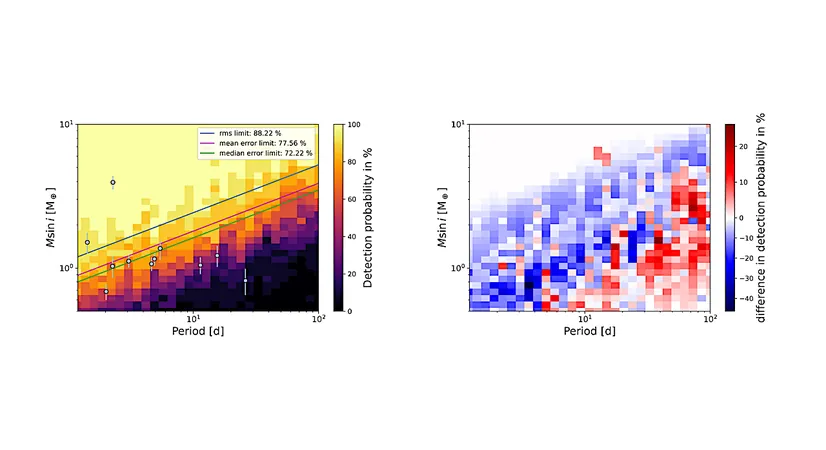
New Discoveries About Seafood Could Revolutionize Industry Sales
2025-04-01
Author: Sarah
The Thriving Seafood Market
The global seafood market continues to thrive, boasting a current value of approximately $671.45 billion (€621.65 billion), with an impressive projected compound annual growth rate (CAGR) of 6.35% (Statista). The sector has long been resilient, but a contemporary surge in sales can be attributed to shifting food trends, particularly the growing preference for Asian cuisines, with sushi capturing the hearts of many Western consumers. This raw-fish trend is expected to propel the sushi market to a staggering global value of $10.51 billion by 2032 (Zion Market Research).
Health Benefits of Seafood Consumption
A significant factor contributing to the heightened interest in seafood is the mounting evidence highlighting various health benefits associated with fish consumption. Among these benefits is the potential to enhance mental and physical health, including muscle growth, inflammation reduction, and even a newfound link to the progression of disabilities in multiple sclerosis (MS) patients.
Can Eating Fish Slow the Progression of MS?
Recent research suggests that incorporating lean and oily fish into one's diet may indeed slow the progression of disabilities in those living with multiple sclerosis. A population-based study published in the Journal of Neurology, Neurosurgery & Psychiatry from the Karolinska Institutet in Sweden has provided compelling evidence for this hypothesis.
The study examined data from 2,719 patients newly diagnosed with MS, sourced from the Swedish Epidemiologic Investigation of Multiple Sclerosis (EIMS). Participants shared their environmental exposures and dietary habits, specifically their fish consumption frequency, which was categorized into several groups: ‘never or seldom,’ ‘one to three times per month,’ and ‘weekly.’
Key Findings Highlighting Fish Consumption Benefits
The researchers measured disease progression using the Expanded Disability Status Scale (EDSS). Among those who ate the most fish, the results were remarkable: - A 44% lower risk of confirmed disability worsening. - A 45% lower risk of reaching EDSS score 3. - A 43% lower risk of advancing to EDSS score 4.
Interestingly, data indicated that even mild increases in fish intake correlated with significant decreases in the likelihood of disability progression. Even after accounting for factors such as physical activity, body mass index (BMI), smoking, alcohol intake, and sun exposure, the beneficial effects associated with fish consumption remained solid.
However, the authors of the study caution that their findings should not be interpreted as definitive cause-and-effect relationships. They argue that more extensive research is necessary to dig deeper into the biological mechanisms at play.
Beyond Omega-3: The Role of Taurine in Seafood
While omega-3 fatty acids—abundant in oily fish—are known for their beneficial health attributes, the researchers highlighted that the amino acid taurine, also found in seafood, could play a vital role in reducing disability progression. Taurine is essential for various cellular functions, contributing to energy production, and possesses antioxidative and anti-inflammatory properties.
Despite the potential benefits, it’s crucial to acknowledge the risks tied to seafood consumption, such as high levels of mercury and polychlorinated biphenyls (PCBs) in certain fish species, which could adversely affect cognitive health.
Conclusion
In summary, as the seafood industry continues to grow, these new health insights regarding fish consumption have the potential to not only bolster sales but also encourage healthier dietary habits among consumers, making seafood a more attractive choice for both taste and wellness.
Stay tuned for more updates on how seafood could transform not just our plates but our health!




 Brasil (PT)
Brasil (PT)
 Canada (EN)
Canada (EN)
 Chile (ES)
Chile (ES)
 Česko (CS)
Česko (CS)
 대한민국 (KO)
대한민국 (KO)
 España (ES)
España (ES)
 France (FR)
France (FR)
 Hong Kong (EN)
Hong Kong (EN)
 Italia (IT)
Italia (IT)
 日本 (JA)
日本 (JA)
 Magyarország (HU)
Magyarország (HU)
 Norge (NO)
Norge (NO)
 Polska (PL)
Polska (PL)
 Schweiz (DE)
Schweiz (DE)
 Singapore (EN)
Singapore (EN)
 Sverige (SV)
Sverige (SV)
 Suomi (FI)
Suomi (FI)
 Türkiye (TR)
Türkiye (TR)
 الإمارات العربية المتحدة (AR)
الإمارات العربية المتحدة (AR)